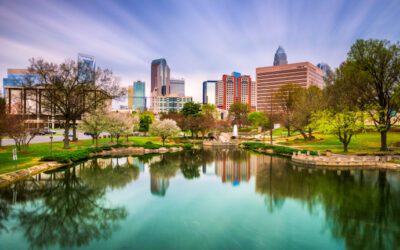There’s nothing like a vacation in Honolulu. White sand beaches, surfing, the smell of sweet flowers in the trade winds. It’s heaven on earth.
But let’s just put this reminder on the table, right here and now: That’s a vacation.
Actually living in Hawaii is not all wading in gentle, warm waves that lap at the shore, or surfing every afternoon. Here’s some reality about what it’s like to actually live in Honolulu once the vacation is over.
You’ll Pay the Paradise Tax
Hawaii has the highest cost of living in the United States. It costs up to two-thirds more to live in Honolulu than anywhere else in the country, according to Expatistan. Although Hawaii has the 10th highest median wage in the country (Honolulu’s average salary is $60,328), a 900-square-foot apartment in Honolulu in a “normal” (read: not expensive) area runs $2,090/month, and a basic dinner out for two at a neighborhood pub is around $61.
The median price of a single-family home on Oahu is $712,000, and for a condo, its $415,000. You’ll pay about $314/month for electricity, water and sewage bills. And it’s $6 for four rolls of toilet paper. Also, Hawaii residents pay twice what Alaskans (the next most expensive state) pay for electricity.
Eighty to 90 percent of all Hawaii’s food is imported, and you’ll notice that in when you pay at the grocery store. Milk costs twice what it does on the U.S. mainland.
It’s also hard to find some items locally, and although Amazon Prime’s free shipping is a savior, it can take up to two weeks for your item to arrive. Elsewhere, shipping can be unbelievably expensive, sometimes costing more than the item you’re buying. Most stores’ “free shipping” offers don’t apply to Hawaii.
It’s Harder to Make a Living
For the seventh year in a row, Hawaii came in #50 in 2017, or the absolute worst place in the country to make a living. The state also has one of the highest tax rates in the U.S. – 5.3 percent. BYOJ (bring your own job), and good luck.
Civil Beat says the median family income on Oahu is $78,403 and the news organization estimates total basic expenses for a family of four at $79,056/year. And that does not include all sorts of costs you’ll want to have, such as homeowner’s and life insurance, education, after-school care, cell phone/cable/Internet, medical co-pays and prescriptions, clothing and more.
Good Grief, the Traffic
Honolulu is always on the Top 10 list of the most traffic-congested cities, and driving in Honolulu is not unlike trying to inch along the freeways of Los Angeles. Paradise has lots of people and way too many cars in a very small area. Honolulu residents spend 34 more minutes per day driving during peak traffic hours (as compared to non-peak times). That’s 132 hours per year. You learn to listen to audiobooks.
Also: parking.
What’s Up With All the Extreme Nature?
This can be good – rainbows, beautiful surf, lush tropical flora – or bad, as in tsunamis, earthquakes, flash floods, island-wide power outages and shark attacks. Live in Honolulu, and you will also become well-acquainted with rust, mold, mildew, termites, mosquitoes and cockroaches (which was merely a result of living in the subtropics, no matter how clean you keep your house). You get used to it. Or not.
Education Concerns
Hawaii’s public schools consistently rank very low, and many people in Honolulu homeschool or enroll their children in private schools, which can cost around $15,000/year per child. Hawaii has the highest rate of private school enrollment in the country.
There are a lot of wonderful things about living in Hawaii, but don’t move to Honolulu without thinking it through. But if all the above works for you, come. You’re going to love it.


